THE EDIBLE OUTDOORS #16 - Alfalfa
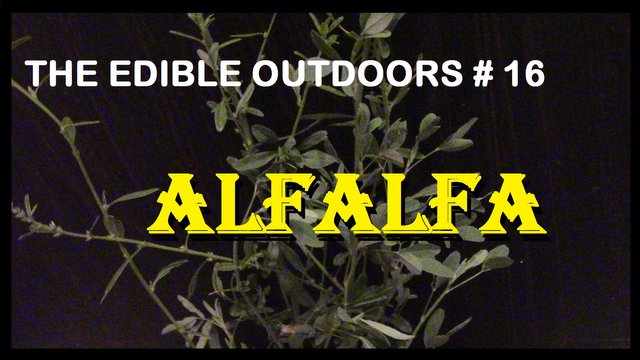
Alfalfa is one of those plants, that although we may be aware of it, it usually doesn’t appear on the dinner table, or even register as a potential wild edible. Still, it is definitely a wild plant that can be a nutritious food source, if need be or desired. Though it is originally from the Middle-East, it has been naturalized worldwide, and has many different cultivars now growing around the world.
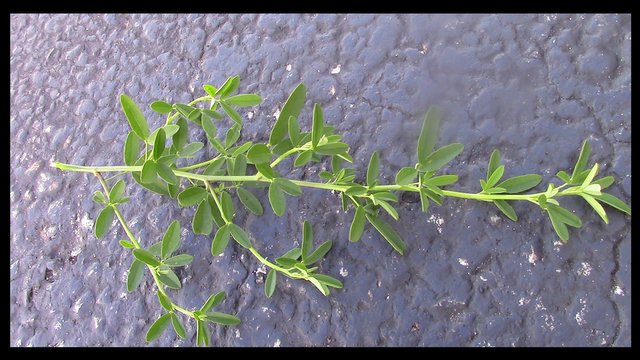
IDENTIFICATION
Alfalfa is another plant that can look similar to other vegetation, but is still easy to identify once you know what you are looking for. It can vary in size from a tiny sprout to a mighty perennial bush, perhaps even five or six feet high. Once it is that tall, it’s most likely gone to seed, or at least started flowering. The flowers are as small as they are many, and are usually either purple, white, or yellow, depending on the variety. The stems support many leaves which almost resemble clover leaves. It is the scent, though, which I believe is unmistakable. If you have ever smelled Alfalfa, you probably still remember the scent.
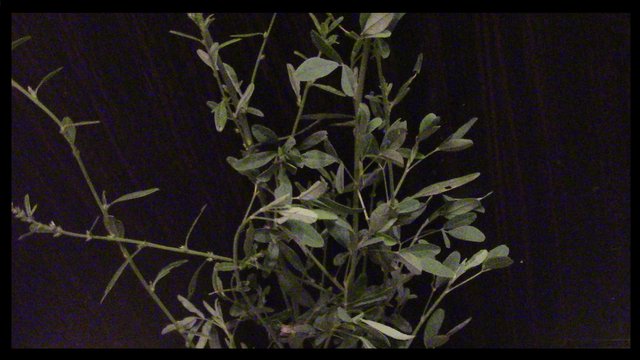
USES
Alfalfa has long been used as a food source for animals. Alfalfa hay bales are common in some areas, and Alfalfa is often used as a treat and food supplement for rabbits. I’ve seen overpriced boxes of Alfalfa tea at natural food stores, and concluded that I am in the wrong business. It really doesn’t take that much Alfalfa to fill 20 tea bags. Alfalfa sprouts are probably the most common way that people enjoy this plant as a food source, but the leaves and young stems can be eaten too. For those who eat Alfalfa, eating the plant raw or mixing it into a soup or salad are some common options. Additionally, since Alfalfa is technically in the legume family, it is used by some to fix Nitrogen in the soil.
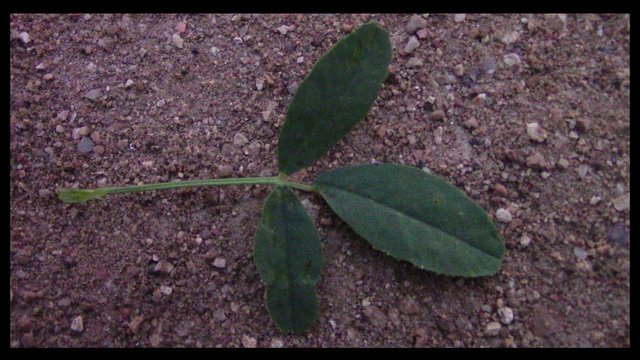
NUTRITION
Nutritionally, Alfalfa is not only a good source of Protein and Vitamins A, C, & K, it also can supply Magnesium, Phosphorus, Thiamin, Zinc, Iron, Copper, Calcium, Niacin, and Manganese. When I first tasted it, I knew that it had to be healthy. It just had that type of flavor to it.
PROPAGATION
Alfalfa is a perennial that reproduces itself from tiny, dark seeds. Because of the high volume of seeds that just one plant can produce, once Alfalfa is introduced to an area, it can easily become well established. If you're looking to get some growing near you, I would suggest just waiting for the plants to go to seed, and collecting the seeds, rather than trying to uproot the plants and attempting to replant them in your desired location.
Here's previous THE EDIBLE OUTDOORS posts:
- 1-Common Yellow Wood Sorrel
- 2-Lamb’s Quarters
- 3-American Gooseberry
- 4-Stinging Nettle
- 5-Sassafras
- 6-Creeping Charlie
- 7-Dandelion
- 8-Plantain
- 9-Mint
- 10-Garlic
- 11-Purslane
- 12-Elderberry
- 13-Prickly Pear Cacti
- 14-Wild Lettuce
- 15-Passionfruit
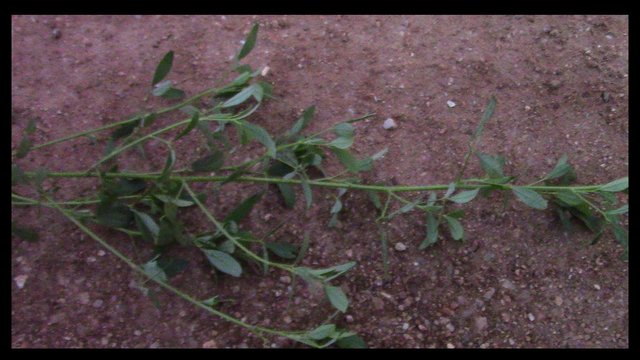
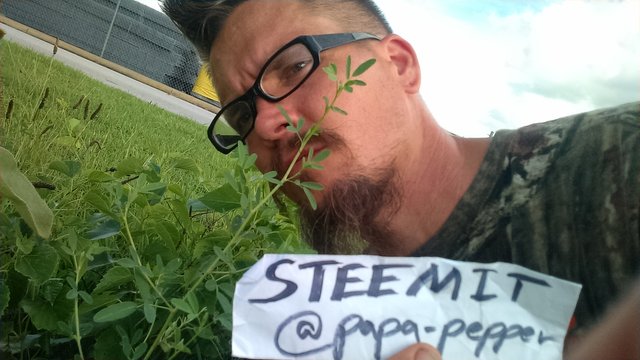
I love tea and didn't know you could have alfalfa...... gonna try it. Nice post @papa-pepper
I'm actually now going to add it in my veg garden.
Excellent! Alfalfa is actually quite a treat, not just for rabbits! I'm actually still chewing on some leaves right now. Thanks!
Lucerne of the clover family. It is mainly used for animal feed. I did not know that she has a different application. Thanks for the info.
Love your work! Hopefully, next year once we will get out of central Virginia (always too hot or too cold) to western Washington and I'll be able to start making solid use of what you are sharing.
Thanks!
Great. Feel free to check them all out and use whatever you can in your future.
Great idea @bola
Fantastic healthy alternative!
Speaking of healthy alternatives, did you see my FOOD FIGHT post?
I plan on continuing that series too, and comparing some more "store food" with the amazingly nutritious wild edibles that we usually just trample all day long.
I will check it out, thanks @papa-pepper
@papa-pepper , I love your ideas and posts, but I am a Texan! Meat first -rabbit food numbah 2!! lol
Great post as always!